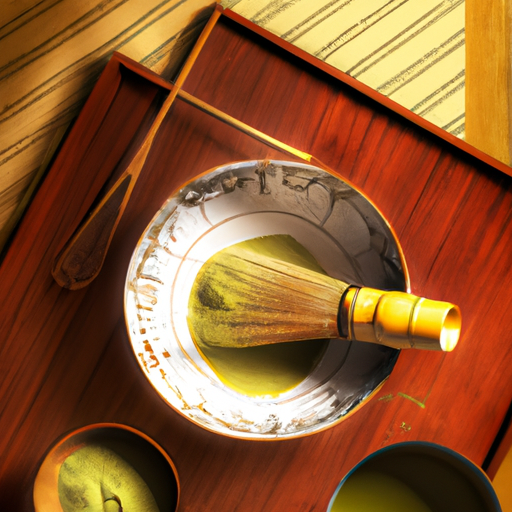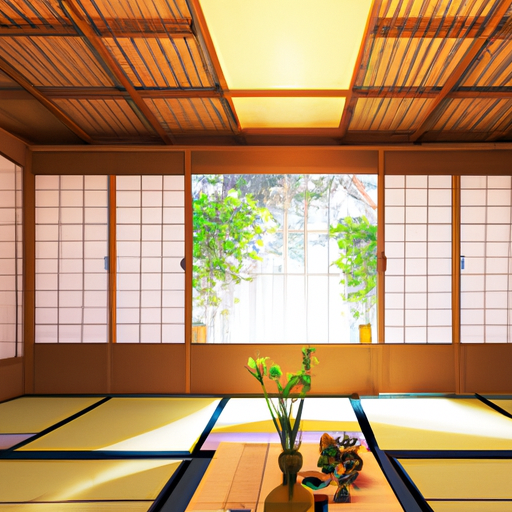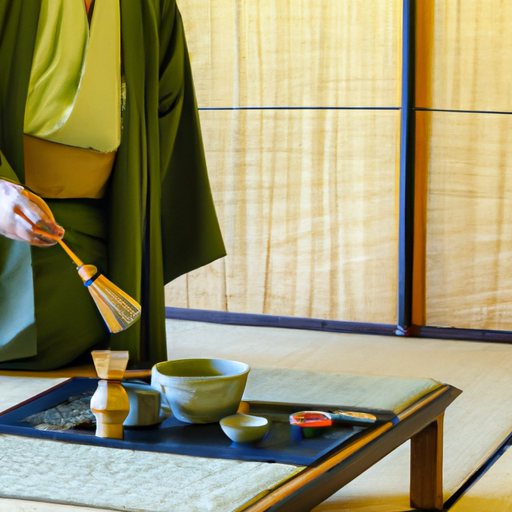Explore the profound cultural significance and intricate rituals of the Japanese tea ceremony, a practice that transcends simple refreshment. Discover how this centuries-old tradition embodies principles of harmony, respect, purity, and tranquility. Learn about the detailed etiquette and symbolic meanings that make chanoyu a unique window into Japanese culture.

The Japanese tea ceremony, known as chanoyu or sadō, represents far more than the simple act of serving tea. This centuries-old practice embodies core principles of Japanese aesthetics and philosophy, offering participants a profound experience of mindfulness and cultural connection.
The origins of the tea ceremony can be traced back to the 9th century when tea was first introduced to Japan from China. However, it was during the 16th century that the ceremony evolved into its current form under the influence of tea masters like Sen no Rikyū, who refined the practice to reflect Zen Buddhist principles of simplicity and mindfulness.
At its heart, the tea ceremony is guided by four fundamental principles: wa (harmony), kei (respect), sei (purity), and jaku (tranquility). These concepts influence every aspect of the ceremony, from the careful selection and arrangement of the tea room to the precise movements used in preparing and serving the tea.
The traditional tea room, or chashitsu, is designed with careful attention to aesthetic simplicity. Built primarily of natural materials, it typically features tatami mat flooring, a tokonoma (alcove) displaying a carefully chosen scroll or flower arrangement, and minimal decoration. The small entrance, called nijiriguchi, requires guests to bow as they enter, symbolically leaving the outside world behind.
Preparation for a tea ceremony begins long before guests arrive. The host carefully selects appropriate equipment, including the tea bowl (chawan), tea whisk (chasen), and other utensils, based on factors such as the season, occasion, and guests. Each item carries symbolic significance and is chosen to create harmony within the ceremony.
The ceremony itself follows a precise sequence of events. Guests first gather in a waiting room where they mentally prepare for the experience. They then proceed through a garden path to the tea house, symbolically cleansing themselves at a stone basin before entering the tea room. The arrangement of guests follows strict hierarchical rules, with the first guest (shokyaku) taking the leading role among attendees.
The host's movements in preparing the tea follow choreographed patterns developed over centuries. Each action, from wiping the tea bowl to whisking the matcha powder with hot water, is performed with deliberate grace and attention. These movements are not merely functional but are designed to be beautiful and meaningful in themselves.
The preparation of koicha (thick tea) represents the ceremony's most formal phase. This dense, intense tea is shared by all guests from the same bowl, symbolizing unity and communion. Later, usucha (thin tea) may be served individually, accompanied by traditional sweets that complement the tea's bitter taste.
Communication during the ceremony follows specific protocols. Guests admire the tea equipment and ask prescribed questions about significant items, particularly the tea bowl and scroll. These conversations demonstrate cultural knowledge and appreciation while maintaining the ceremony's contemplative atmosphere.
The seasonal aspect of the tea ceremony cannot be overstated. Every element, from the choice of flowers to the design of the tea bowls, reflects the current season. This attention to seasonality helps ground participants in the present moment and cultivates awareness of nature's cycles.
Learning the tea ceremony requires years of dedicated study. Students must master not only the physical movements but also develop deep understanding of Japanese aesthetics, poetry, flower arrangement, and other cultural arts. This comprehensive education reflects the ceremony's role as a synthesis of Japanese artistic and philosophical traditions.
In modern Japan, the tea ceremony continues to evolve while maintaining its essential character. While traditional schools like Urasenke preserve classical forms, new approaches make the ceremony more accessible to contemporary practitioners. Some venues offer abbreviated ceremonies for tourists, providing a glimpse into this rich cultural practice.
The influence of the tea ceremony extends far beyond the tea room. Its aesthetic principles have shaped Japanese architecture, garden design, ceramics, and other arts. The ceremony's emphasis on mindfulness and presence has also influenced contemporary wellness practices globally.
For those interested in experiencing the tea ceremony, numerous opportunities exist both in Japan and internationally. Many cultural centers and traditional tea schools offer introductory sessions where participants can learn basic etiquette and appreciation for this profound cultural practice.



